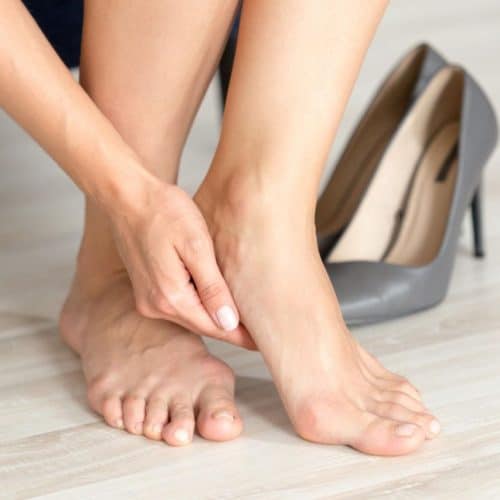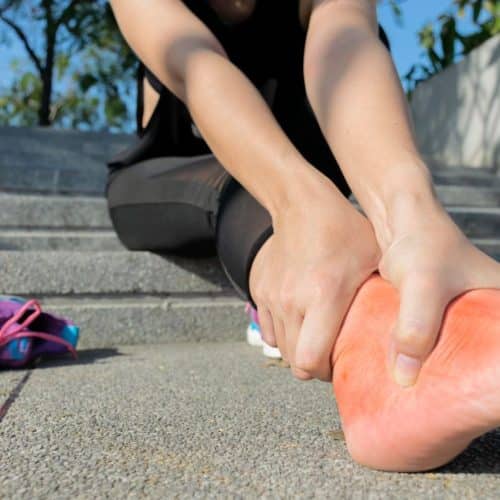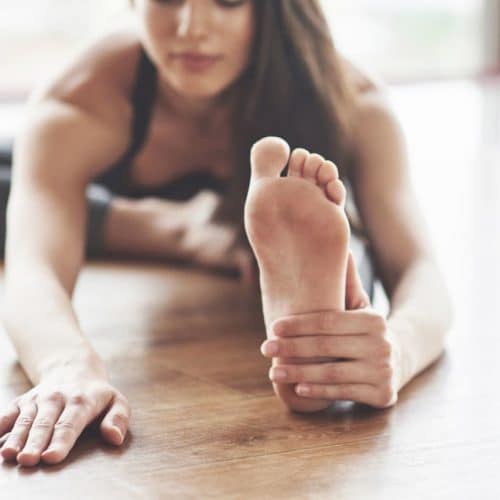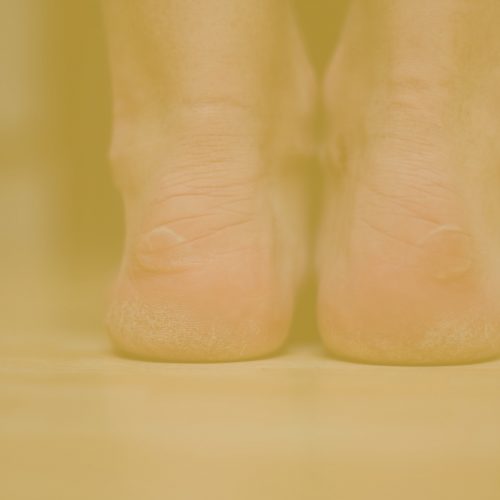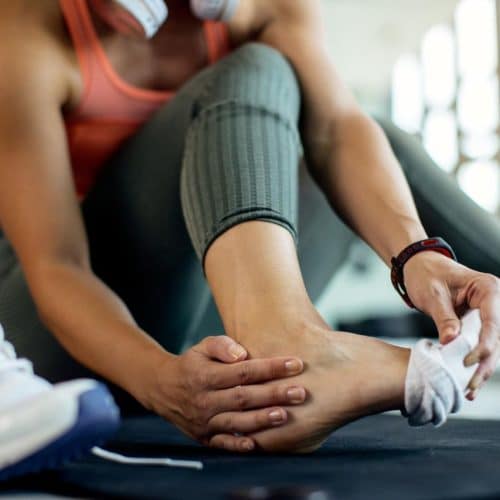Peripheral neuropathy is a condition that affects millions of people worldwide, causing pain, numbness, and weakness in the peripheral nerves. It can significantly impact the quality of life, but understanding its causes and adopting effective management strategies can help alleviate its symptoms. This blog post will explore the best treatments for peripheral neuropathy and provide additional insights into managing this condition effectively.
What is Peripheral Neuropathy?
Peripheral neuropathy is a medical condition characterised by damage or dysfunction of one or more peripheral nerves, leading to various symptoms ranging from mild to severe. The peripheral nervous system is a network of nerves that connect the brain and spinal cord (central nervous system) to the rest of the body, including muscles, skin, and internal organs.
1. Types of Peripheral Neuropathy
Peripheral neuropathy can be classified into several types, primarily based on the number of nerves affected:
- Mononeuropathy: Involves damage to a single nerve.
- Polyneuropathy: Multiple nerves are affected, often symmetrically in the body.
- Multiple Mononeuropathy: Involves two or more nerves in different areas.
2. Causes and Risk Factors
Peripheral neuropathy can arise from various causes, including:
- Diabetes Mellitus: The most common cause, especially when poorly managed.
- Autoimmune Diseases: Such as lupus and rheumatoid arthritis.
- Infections: Certain viral and bacterial infections can lead to neuropathy.
- Vitamin Deficiencies: Particularly of B vitamins, which are crucial for nerve health.
- Alcohol Abuse: Chronic alcohol consumption can lead to nerve damage.
- Chemotherapy Drugs: Some medications used to treat cancer can cause neuropathy.
- Genetic Disorders: Certain inherited disorders can affect peripheral nerves.
3. Symptoms and Complications
The symptoms of peripheral neuropathy can vary widely depending on the affected nerves but commonly include:
- Pain and Numbness: Often described as stabbing, burning, or tingling.
- Muscle Weakness: Difficulty in moving the affected limbs.
- Sensitivity to Touch: Even light touch can cause discomfort or pain.
- Coordination Issues: Loss of balance and difficulty in performing fine motor tasks.
If left untreated, peripheral neuropathy can lead to complications such as foot ulcers, infections, falls, and, in severe cases, amputation of the affected limbs due to lack of sensation.
4. Diagnosis and Prognosis
Diagnosis typically involves a thorough medical history, physical examination, blood tests, and, if needed, nerve conduction studies and electromyography. The prognosis of peripheral neuropathy largely depends on the underlying cause and the extent of nerve damage. Early detection and management can prevent further damage and improve the quality of life.
Identifying the Underlying Cause
Identifying the underlying cause of peripheral neuropathy is crucial as it guides the treatment approach and management strategies. This involves a comprehensive evaluation to determine the root cause of the nerve damage, enabling healthcare practitioners to tailor interventions that address the specific needs of the individual.
1. Medical History and Physical Examination
A detailed medical history and physical examination are the first steps in identifying the cause of peripheral neuropathy. Healthcare practitioners will inquire about symptoms, onset, duration, and known pre-existing conditions or risk factors. A physical examination will assess muscle strength, reflexes, sensitivity to touch, temperature, and vibration.
2. Laboratory Tests
Blood tests can help identify metabolic or nutritional deficiencies, such as diabetes or vitamin B12 deficiency, common causes of peripheral neuropathy. Other tests may include a complete blood count, liver function tests, thyroid function tests, and tests for autoimmune conditions.
3. Imaging Studies
Imaging studies like MRI or CT scans can be used to visualise nerve pathways and identify any abnormalities, tumours, or inflammations causing the neuropathy.
4. Nerve Function Tests
Electromyography (EMG) and nerve conduction studies can assess the electrical activity of muscles and the speed of nerve signal transmission, helping to locate the damage and determine its extent.
5. Biopsy
In some cases, a nerve or skin biopsy may be performed to examine the nerve tissue under a microscope, which can provide insights into the nature and extent of the nerve damage.
6. Identifying Specific Causes
Once the evaluations are complete, healthcare providers can identify specific causes, such as:
- Metabolic Conditions: Like diabetes, which can cause high blood sugar levels leading to nerve damage.
- Nutritional Deficiencies: Lack of essential vitamins and minerals, particularly B vitamins, can lead to neuropathy.
- Toxic Exposure: Exposure to certain chemicals and medications, especially chemotherapy drugs, can damage peripheral nerves.
- Infections: Certain viral or bacterial infections, like Lyme disease, can affect nerve function.
- Autoimmune Diseases: Conditions like rheumatoid arthritis and lupus can lead to peripheral neuropathy.
7. Tailoring Treatment to the Cause
Once the underlying cause is identified, a tailored treatment plan can be developed to manage the condition effectively. For instance, if diabetes is the cause, the treatment will focus on blood sugar management. Supplementation and dietary changes will be recommended if a nutritional deficiency is identified.
8. Proactive Management
Identifying and addressing the underlying cause of peripheral neuropathy early can prevent further nerve damage and improve the overall quality of life. Proactive management may include lifestyle modifications, medication adjustments, physical therapy, and regular monitoring to ensure optimal outcomes.
Over-the-Counter Solutions
Over-the-counter (OTC) solutions can be valuable in managing peripheral neuropathy symptoms, especially for pain and discomfort patients. These solutions are readily available without a prescription, offering convenience and accessibility to individuals seeking relief.
1. Topical Preparations
Topical preparations, such as creams, gels, and patches, can be applied directly to the skin to alleviate pain and discomfort associated with peripheral neuropathy.
- Capsicum Cream: Capsicum cream, derived from chilli peppers, has been shown to reduce symptoms in some patients by depleting the substance P, a neurotransmitter responsible for sending pain signals. It can produce a warming sensation, which can be soothing for neuropathic pain.
- Lidocaine Patches: These patches can numb the affected area, temporarily relieving pain. They are particularly useful for localised neuropathic pain.
- Menthol Creams: Menthol creams can produce a cooling sensation, which can help alleviate burning or tingling sensations associated with neuropathy.
2. Oral Medications
Some OTC oral medications can also help manage peripheral neuropathy symptoms.
- Nonsteroidal Anti-Inflammatory Drugs (NSAIDs): Medications like ibuprofen can reduce inflammation and alleviate mild to moderate pain.
- Acetaminophen: It can be effective for pain relief but does not have the anti-inflammatory properties of NSAIDs.
3. Nutritional Supplements
Nutritional supplements can address deficiencies that may contribute to peripheral neuropathy.
- B Vitamins: Supplements containing B vitamins, especially B12, can benefit individuals with nutritional deficiencies leading to neuropathy.
- Alpha-Lipoic Acid: This antioxidant has been studied for its potential to improve neuropathy symptoms, particularly in diabetic patients.
- Magnesium and Calcium: These minerals are essential for nerve function, and supplementation can be beneficial in deficiency cases.
4. Precautions with OTC Solutions
While OTC solutions can offer relief, using them judiciously and in conjunction with professional medical advice is crucial. Over-reliance or incorrect use of OTC medications can lead to adverse effects, and self-medication may mask the symptoms of underlying conditions that require medical attention.
Regular Exercise
Regular exercise is pivotal in managing peripheral neuropathy as it can help improve circulation, maintain optimal body weight, and enhance overall well-being. Exercise can increase blood flow to the affected areas, such as the feet, reducing symptoms and promoting nerve health. Physical activity can also aid in controlling blood sugar levels, which is crucial for those with diabetes-induced neuropathy. It can contribute to maintaining a healthy weight reducing the pressure on peripheral nerves.
A routine with low-impact exercises like walking, swimming, or cycling is often recommended, as these activities are less likely to place undue stress on the nerves and muscles. Additionally, strength training can help build muscle mass and improve muscle strength, which can benefit individuals experiencing muscle weakness due to neuropathy.
Flexibility exercises, such as stretching and yoga, can also aid in preventing muscle stiffness and improving range of motion. However, it is essential for individuals with peripheral neuropathy to consult with healthcare providers or physical therapists to develop a tailored exercise plan that considers their specific condition, symptoms, and limitations.
This ensures that the exercise regimen is safe, effective, and aligns with the individual’s health goals and needs. Regular, moderate exercise, when done correctly and consistently, can significantly mitigate the symptoms of peripheral neuropathy and improve the quality of life for those affected by this condition.
Regular Health Checks
Regular health checks are indispensable in managing peripheral neuropathy effectively, especially for individuals with underlying conditions like diabetes that can lead to this disorder. Regular monitoring and early detection of any abnormalities or progression in neuropathy can prevent further complications and ensure timely intervention.
Health checks typically involve thoroughly examining the areas affected by neuropathy, often the feet, to identify any changes in sensation, appearance, or structure. For individuals with diabetes, these checks are crucial to monitor for foot ulcers or infections that may develop due to decreased sensation and to manage them promptly to prevent further complications such as amputation.
Beyond the physical examinations, regular health checks also include monitoring and managing underlying conditions that can cause or exacerbate peripheral neuropathy. For instance, maintaining optimal blood glucose levels is crucial for individuals with diabetic neuropathy. Regular blood tests and other relevant investigations can help in assessing the control of diabetes and adjusting management strategies accordingly.
Consulting healthcare providers or specialists like podiatrists regularly can also allow individuals to discuss their symptoms, concerns, and any changes in their condition. This enables healthcare providers to adjust treatment plans, recommend interventions, and provide advice tailored to the individual’s health status and needs.
In addition to professional health checks, individuals with peripheral neuropathy should also perform self-checks regularly, paying attention to any new symptoms or changes in existing symptoms. Any abnormalities, such as cuts, bruises, or changes in colour and temperature in the affected areas, should be reported to healthcare providers promptly.
Both professional and self-administered, regular health checks are essential in the proactive management of peripheral neuropathy. They enable early detection and intervention, help manage underlying conditions effectively, and play a crucial role in preventing complications and improving the quality of life for individuals with peripheral neuropathy.
Conclusion
Peripheral neuropathy can be debilitating, but understanding its root causes and adopting a comprehensive management approach can significantly improve the quality of life for those affected. Addressing the underlying causes, maintaining a healthy lifestyle, using over-the-counter solutions, and regular health checks are key components in managing peripheral neuropathy effectively. Always consult healthcare practitioners or specialists for tailored advice and treatment options based on individual health conditions and symptoms.




